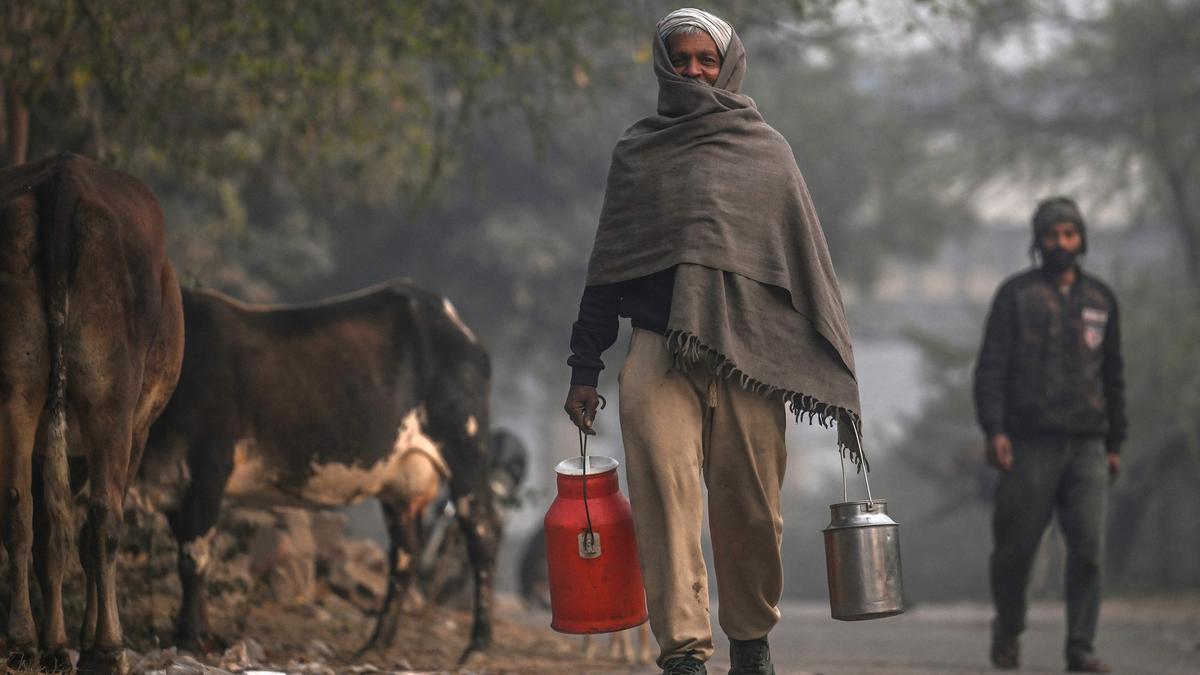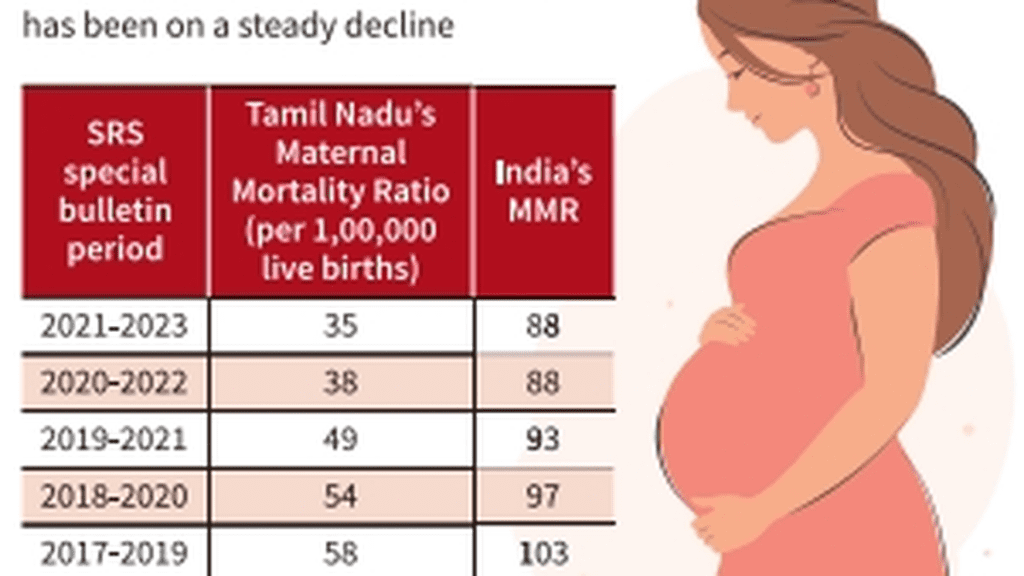Bridge the milk divide for a nutritionally secure India Premium

Bridge the milk divide for a nutritionally secure India Premium
For a long time, India has told the incredible supply side story of its milk revolution. The White Revolution that was initiated by Verghese Kurien propelled India to become the world’s largest milk producer. It is now time to bring focus to demand and ensure that milk reaches the most vulnerable.
Milk, a vital source of protein, calcium, and other micronutrients, is integral to plant-heavy Indian diets. Research links milk consumption to lower odds of stunting, underweight, and anthropometric failure in Indian children aged between six months and five years. However, milk consumption remains highly inequitable across socio-economic groups and regions. As the Union Budget 2025-26 approaches, addressing these disparities is essential to improved health outcomes for all.
The latest Household Consumer Expenditure Surveys (HCES) by the National Sample Survey Office (NSSO) show that households in the top-income decile consume three to four times more milk (equivalent) per capita compared to households in the lowest-income decile. Despite sharper increases in consumption among lower-income groups, the poorest 30% consumed just 18% of India’s milk.
The NSSO primarily captures at-home consumption, which is only about 50% of the total milk production. Out-of-home milk consumption through restaurants, and hotels is not adequately captured by HCES. If accounted for, this would only likely enlarge the consumption difference.
Consumption disparities also show regional, social, and urban-rural divides. Urban households consume ~30% more milk per capita than rural ones, despite most milk being produced in rural India. Among social groups, Scheduled Tribe households consume four litres less milk per capita compared to general category households. Regionally, States such as Rajasthan, Punjab and Haryana consume between 333 grams to 421 grams per capita daily at home, while eastern States such as Chhattisgarh, Odisha, and West Bengal consume just between 75g to 171g.
While variations in dietary preferences and lactose intolerance levels partly explain these disparities, affordability is a key barrier. The National Institute of Nutrition recommends consuming 300 g per capita of milk daily for an average sedentary adult. However, meeting this level of consumption would require 70% of Indian households to spend 10% to 30% of their total monthly expenditure on milk.
Meanwhile, affluent urban households are likely to consume more than double the recommended levels, which includes high-fat, high-sugar products such as ice cream and packaged milk-based sweets. This raises concerns about overnutrition, obesity, and non-communicable diseases. Given these inequities and challenges, prioritising milk access for vulnerable groups such as young children, pregnant and lactating women, and the elderly in low-income settings is critical. Here is how:
First, enhance milk provision for the vulnerable through the Pradhan Mantri Poshan Shakti Nirman (POSHAN), Integrated Child Development Services meals, and take-home rations. Collaborate with institutions such as the National Institute of Nutrition to integrate milk or milk products that align with socio-cultural preferences and tolerances. States such as Andhra Pradesh, Gujarat, Haryana, Karnataka and Telangana already provide milk or milk powder under these schemes, but quantities remain insufficient. And some States such as Chhattisgarh, have discontinued provisions due to financial constraints. Boosting financial allocations to these schemes could yield substantial returns. Governments can explore innovative financing options, such as social bonds, tapping into corporate social responsibility funding, and gradually increasing cess on unhealthy foods.
In regions with strong market access and dairy cooperative networks, milk coupons could enhance access, lower distribution costs, and boost local milk markets.
Second, emphasise the nutritional benefits of milk and other locally appropriate food items in awareness campaigns, targeting women through Anganwadi centres, doctors, self-help groups, and civil society organisations. Maharashtra and Bihar are already leading in organising grassroots activities to drive nutrition awareness and interventions, as seen in Poshan Maah 2024. Research highlights that improved women’s nutrition awareness significantly enhances household dietary diversity.
Third, promote healthy consumption awareness using partnerships with doctors, influencers, and the media. Health messaging should encourage moderation in milk consumption among over-consuming affluent groups, advocating diverse, balanced diets. This can mitigate the burdens of over-nutrition from dairy products and increase milk affordability for vulnerable groups. For example, the Change4Life Sugar Swaps campaign in the United Kingdom effectively reduced sugar and fat consumption, and offers a model for similar initiatives in India.
Milk plays an important role in India’s nutrition security. Ensuring equitable access for the most vulnerable while moderating overconsumption among the affluent would honour Verghese Kurien’s vision of a nutritionally secure India, making the benefits of the milk revolution accessible to all.
Abhishek Jain is a fellow and director at the Council on Energy, Environment and Water (CEEW). Ruchira Goyal is a programme associate and Next Generation India Fellow at the Council on Energy Environment and Water (CEEW). The views expressed are personal










